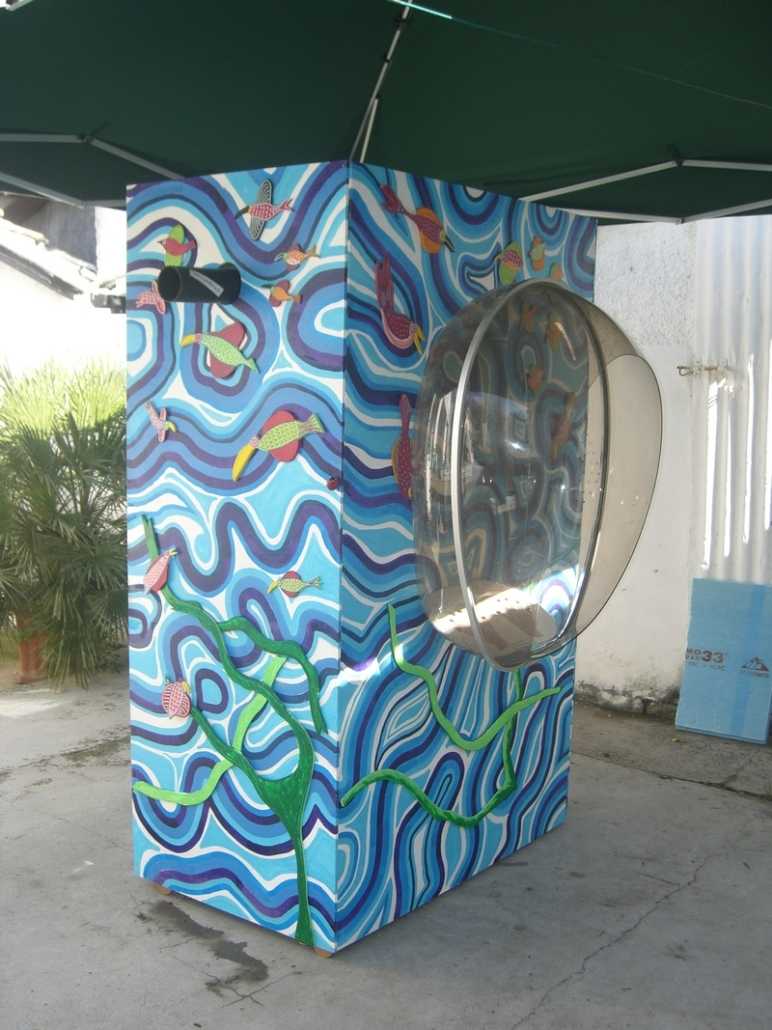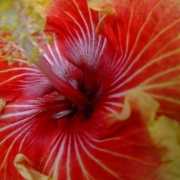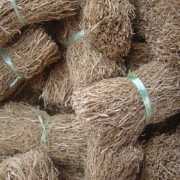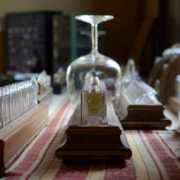Olfactory Education in Schools
There is a clear parallel between music and perfumery, between olfactory and musical melodies, and we shall use this likeness in order to understand better the “why” and the “how” of olfactory education.
Just like music, perfumery is an art and even a major art, being entirely dedicated to one of our senses of perception, the sense of smell. Why is perfumery not taught at school just like music or drawing? Is perchance our sense of smell a minor sense of little importance? Do we perhaps love perfumes less than other civilizations?
School programs offer all the basis of musical education, teaching the seven notes of our musical scale.
Olfactory education is no less important and to be able to name the scents of lavender and rose is no less important than to be able to name the blue and the red of the color spectrum.
The program that we propose is very simple and can be reassumed in one phrase: “how to become a perfumer in 4 moves”.1.) The Ability to Name Odors: In fact, the basis of olfactory education is to be able to name the odors by their names, which is not as easy as it seems. Our primordial sense of smell situated in our “reptilian brain” has little connection with the more evolved centers of language in our brain.
It is really surprising how often people, while smelling the absolute of coffee or the essence of lemon, smile over the bottle, recognizing only the happy memories associated with these familiar smells, without being able to give their names.
The basis and the first step of olfactory education consist in being able to name the scents that surround us. With a special diffuser, we send a sweet perfumed wind to the students and teach them to recognize the names of simple smells like lavender, pine, lemon, etc…
The didactical path of these first three steps of olfactory education is directly inspired by the Japanese Kodo, “the way of scent”, the Zen of olfaction.
Today, while the scents of nature essential to our psychological equilibrium are disappearing from our modern environment, chemical perfumes are omnipresent in our daily life, ice creams, soaps, cosmetics, etc. This has created confusion in the later generations because their olfactory models of reference are those that industrial marketing have provided for their consumption, the cheapest petrochemical mass products. Only an olfactory education can provide them with the knowledge necessary to apply criteria to the smells that surround them in order to judge their quality or to appreciate fully their beauty.























Leave a Reply
Want to join the discussion?Feel free to contribute!